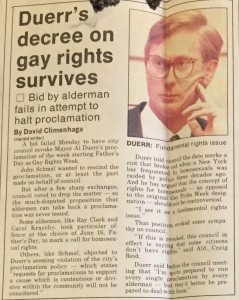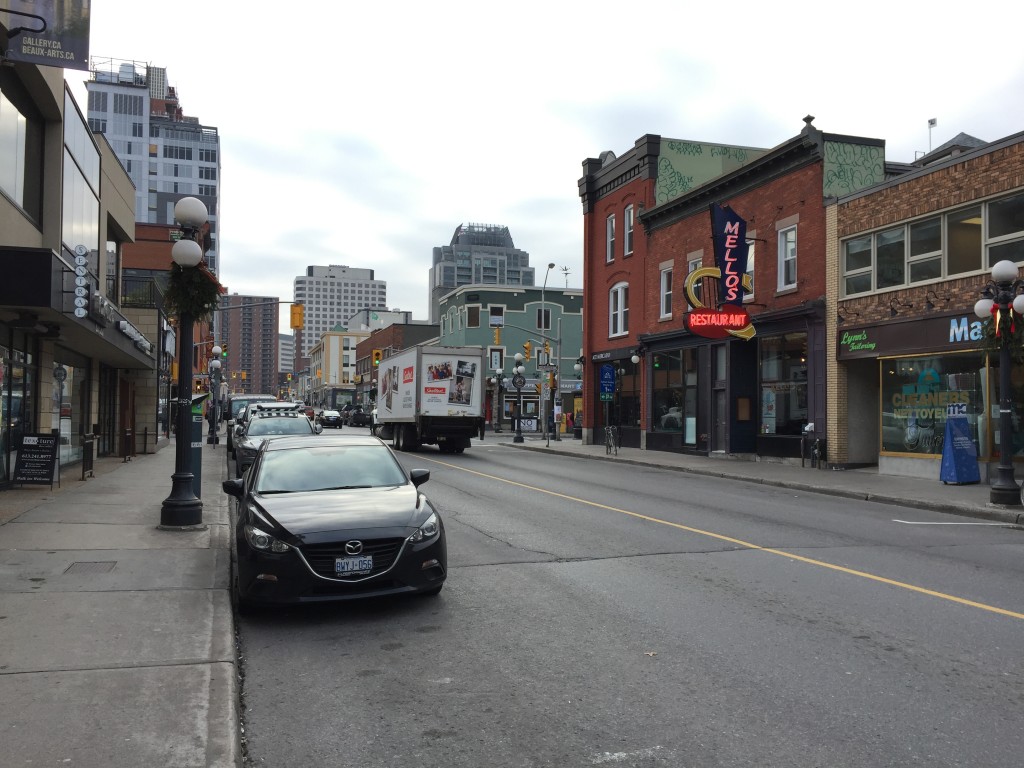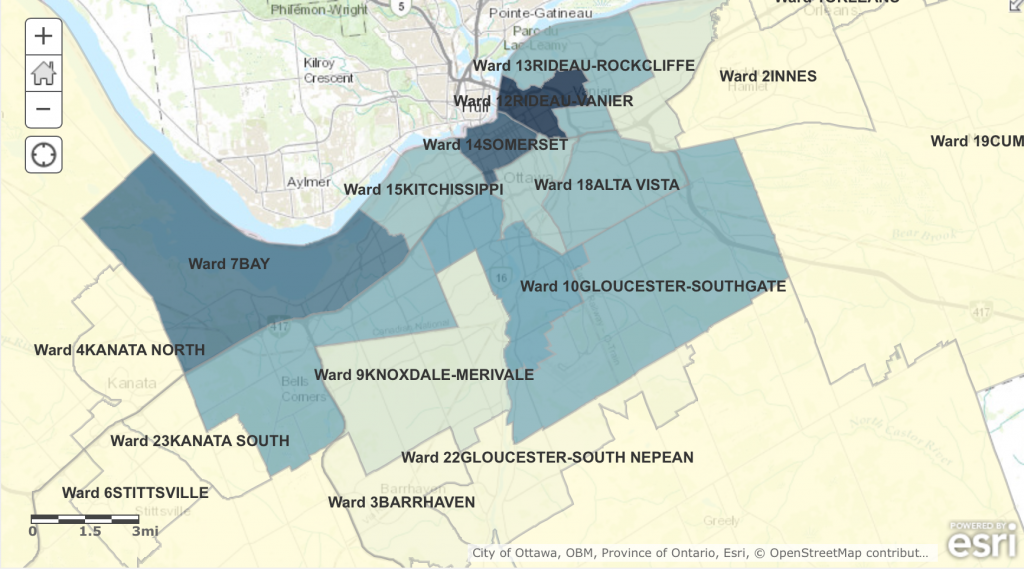The fate of a former Langley, B.C. illegal drug lab is unclear as provincial government officials will not confirm whether or not the contaminated property has been cleaned up.
In April 2014 Langley RCMP raided a property at 20668 72nd avenue that was alleged to have contained an illegal drug manufacturing operation. A 36-year-old Surrey B.C. resident was arrested in the process and his case is before the courts, says Cpl. Scotty Schumann of the RCMP.
The B.C. Ministry of the Environment did not answer requests for comment on this story. But according to ministry documents obtained through the province’s freedom of information laws, an investigation determined in July 2014 that the site posed a “high risk [of] contamination at both the source and neighbouring parcels due to solvent concentrations (toluene and dichloromethane) in soil and groundwater.”
Both toluene and dichloromethane are chemicals used to manufacture illegal drugs like methamphetamine, according to the U.S. Environmental Protection Agency.
The documents go on to say the province sent letters to the site’s registered owners demanding the property be cleaned up. The owners did not respond and that “the lack of response to the Ministry’s letter of March 5, 2015 can be interpreted that the parties are unwilling or unable to carry out remediation or to comply with the requirements to remediate the site.”
This leaves it up to the provincial government to clean up the site and recover the costs associated with the remediation from the site’s owners, the documents state.
The province did issue a press release on May 5, 2015 saying the ministry had ordered the site be cleaned up as soon as possible. The press release also states that the province would be seeking a contractor to clean up the site—however ministry officials have yet to confirm that the work was actually carried out.
Cleaning up a former drug lab – called site remediation – can be a costly and sometimes difficult process, says Kristen Hoedlmoser, a chemical and environmental engineer with the consulting firm Giffin Koerth, Inc.
“You can have these nasty chemicals that are harmful and addictive that are on surfaces throughout the structure and can be in the air,” she says.
That’s why a thorough evaluation of the structures and land must be completed before the remediation crews can begin the clean up, she says.
“You can get a whole host of things that would be bi-products of the [methamphetamine] cooking process,” she says.
Remediation firms can use a variety of methods to clean a contaminated structure, she says. This can include scrubbing the walls with special chemicals, cleaning porous surfaces like carpets to removing finishes like baseboards and panels.
“It depends on how responsive the building materials are to the cleaning activities,” she says. “Sometimes it can take a couple of rounds of cleaning and possibly adjusting the cleaning protocol as required to get the surfaces and the air quality to a level that is acceptable.”
The goal is to make the property habitable again, though sometimes it may be necessary to demolish a structure, she says.
“Anything can be remediated but it becomes a cost issue,” she says. “It often comes down to a dollar and sense conversation.”
What is the information?
The information contained in these ministry documents are about an “orphaned” site that was once a clandestine drug lab.
From which department did these pages come?
B.C. Ministry of the Environment
Why was this information helpful?
It contained information about a hazardous plot of land in Langley, B.C. and the government’s efforts to clean it up.
ATIP Requests below
Federal ATIP request for expenses filed by the chief executive officer of Defence Construction Canada. The is an email stating they have sent the request to the appropriate department.
Municipal ATIP request for the City of Ottawa regarding Ottawa Fire Service records:
Provincial ATIP request regarding expenses filed by the director of the Ontario Film Authority:
Page 1:
Page 2:
Completed ATIP request from the federal department of Canadian Heritage – ministerial briefing book.














